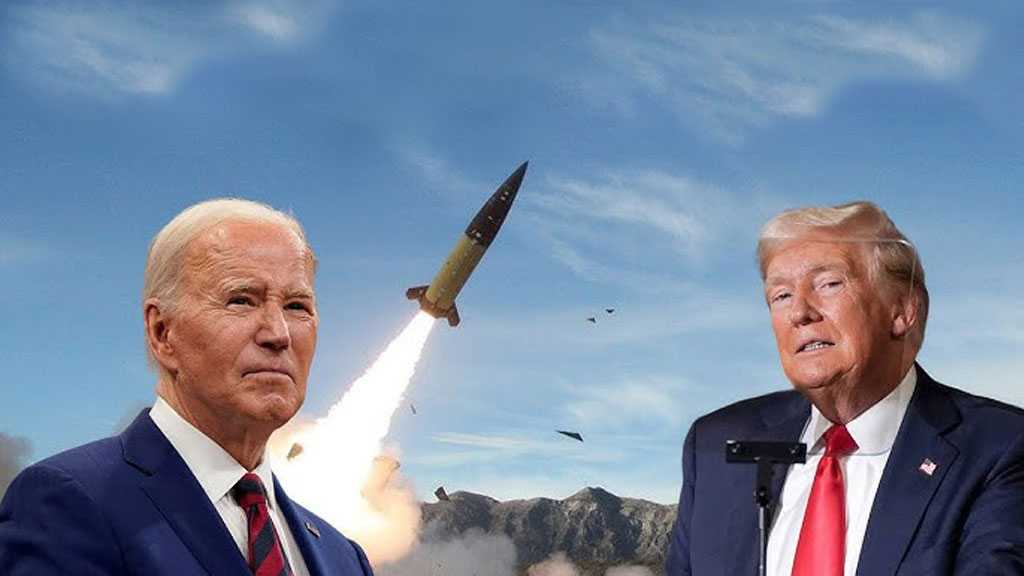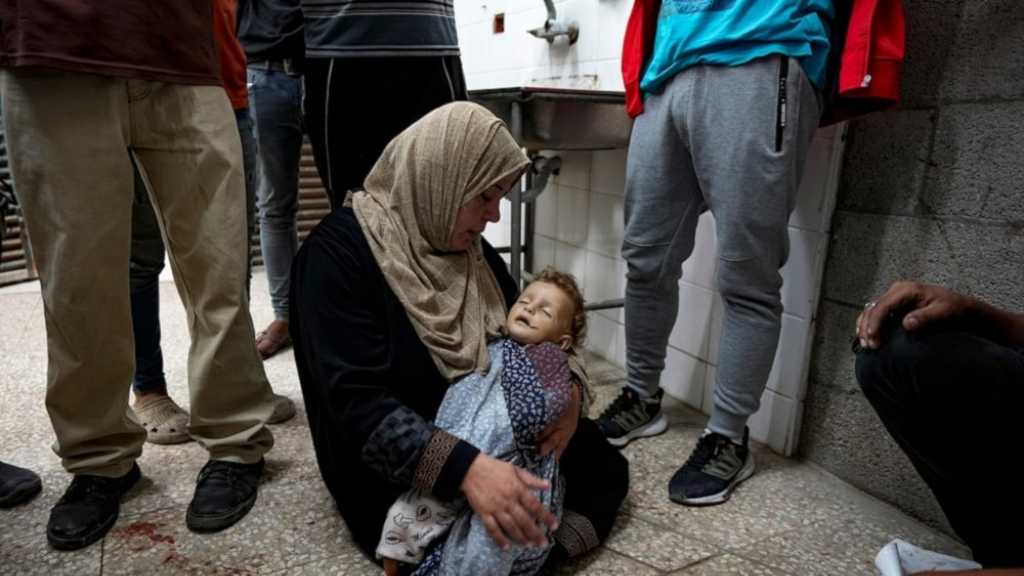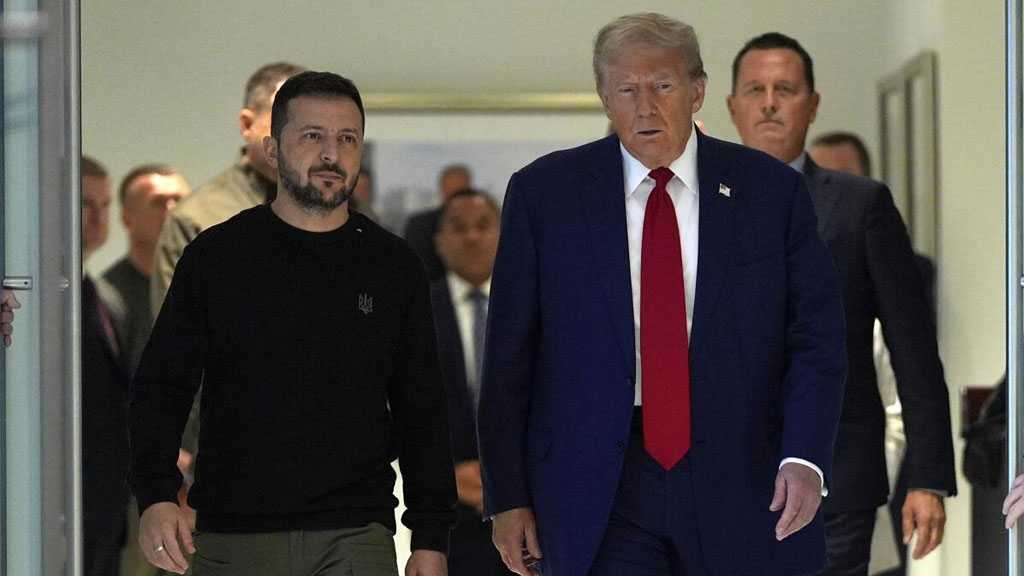Top Trump Security Adviser Contradicts “Imminent Attack” Claim Behind Soleimani Assassination

By Staff, Agencies
A new book that hit shelves today by Lt. Gen. Keith Kellogg reveals that the Trump administration planned the killing of Gen. Qassem Soleimani as part of a “disproportional” response to attacks on US troops in Iraq by Shiite resistance groups. Kellogg was then-Vice President Mike Pence’s national security adviser, and also served as executive secretary and chief of staff for the US National Security Council under Trump.
“We had always considered him a legitimate target because he was a sponsor for terrorism and was directly responsible for the deaths and maiming of hundreds of Americans,” Kellogg writes about Soleimani in “War by Other Means: A General in the Trump White House,” according to the UK Daily Mail, which received an advance copy of the book.
Solemani commanded the Quds Force, an elite formation of Iran’s Islamic Revolutionary Guard [IRG], and commanded Iranian forces in Syria fighting against the Wahhabi Daesh [Arabic acronym for “ISIS” / “ISIL”] and al-Qaeda-linked terrorist groups before leading the Iranian and Iraqi fight to push Daesh out of Iraq.
Despite being sanctioned by the United States as a “terrorist”, Soleimani enjoyed enormous prestige across the Middle East as the “linchpin” who united resistance groups to halt Daesh’s advance toward Baghdad when the Americans would not commit to anything more than airstrikes against Daesh.
Because of the anti-Daesh war, Soleimani was closely linked with resistance groups in Iraq’s Popular Mobilization Forces [PMF], which opposed the continued US presence in Iraq. According to Kellogg’s book, an exchange of strikes in late December 2019 is what pushed the White House over line and decided to take Soleimani out.
On December 27, 2019, the Shiite resistance group Kataib Hezbollah attacked an Iraqi military base in Kirkuk where US forces were based, killing a US contractor and injuring four US service members, as well as two Iraqi service members. The next day, the US launched an airstrike on Kataib Hezbollah positions, and that evening, protests in Baghdad descended on the US embassy in the Green Zone and set fire to some of its outer structures.
Washington blamed Iran for both of those attacks, and Soleimani in particular, who they learned would be secretly traveling to Baghdad in just a few days.
“But our response had barely begun,” Kellogg wrote about the December 28 airstrikes. “We had highly reliable intelligence reports affirming that our chief enemy here was Soleimani.”
“'The Iranians had crossed our ‘red line’ by killing an American and reinforced their folly by attacking our embassy in Baghdad. We would respond. And this time our response would be disproportional,” Kellogg wrote. “We jumped up the escalation ladder. Our answer would be unambiguous. Our target would be Soleimani.”
The airstrike, carried out by an MQ-9 Reaper combat drone, hit a group of vehicles at Baghdad International Airport just after midnight on January 3, 2020, killing 10 people. Among them was Soleimani, as well as Abu Mahdi al-Muhandis, the leader of Kataib Hezbollah and deputy commander of the PMF.
The fury over the US attack, which was carried out without consulting the Iraqi government, led to the country’s parliament voting to ask all US forces to leave the country. However, Trump threatened to freeze Iraqi oil assets in a Federal Reserve bank account if Baghdad followed through.
“Soleimani was plotting imminent and sinister attacks on American diplomats and military personnel, but we caught him in the act and terminated him,” Trump told reporters at his Mar-a-Lago resort the day after the attacks. He would later claim that Soleimani planned on targeting a US embassy, then later increased his claim to four embassies.
After other senior administration leaders, including then-War Secretary Mark Esper, clarified that there wasn’t actually intelligence pointing to a specific attack Soleimani was allegedly planning, Trump momentarily let the mask slip by tweeting on January 13 that “it doesn't really matter because of his horrible past!"
Then-US Secretary of State Mike Pompeo similarly claimed Soleimani was “actively plotting to “take big action” against the US. “There would have been many Muslims killed as well, Iraqis and people in other countries as well. It was a strike that was aimed at both disrupting that plot, deterring further aggression, [and] we hope, setting the conditions for de-escalation, as well,” he told Fox News on January 3.
However, Pompeo also soon said he had no specific intelligence on a specific threat posed by Soleimani, and also admitted within a week that “we don't know precisely when – and we don't know precisely where” the supposed attack was to have taken place.
However, by July of 2020, Pompeo had changed his tune again, aligning more closely with what Kellogg writes in his book. His response came after Agnes Callamard, the UN special rapporteur on extrajudicial, summary or arbitrary executions, submitted a report on Soleimani’s assassination finding it was an “arbitrary killing” that violated the United Nations charter.
“The strike that killed General Soleimani was in response to an escalating series of armed attacks in preceding months by the Islamic Republic of Iran and ‘militias’ it supports on US forces and interests in the Middle East region,” Pompeo told Fox News on July 10. “It was conducted to deter Iran from launching or supporting further attacks against the United States or US interests, and to degrade the capabilities of the Quds Force.”




